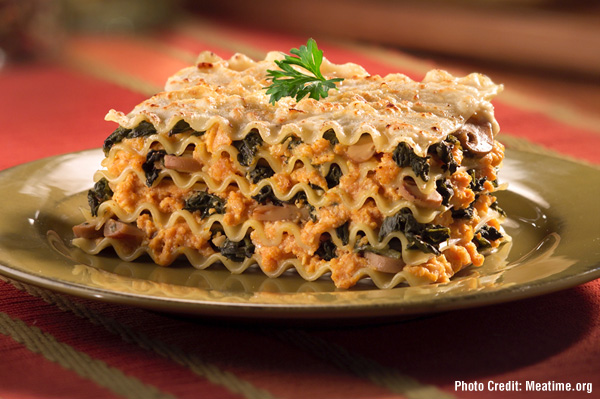But Man Cookies are only for an occasion like last night at the firehouse in North Wales as we awaited the impending hurricane. We were all sitting around eating a portion of the ten gallons of chili I had cooked up earlier and drinking some strong coffee kindly donated. Coffee so strong that you could float a horseshoe on it. It is an occasion like that when only a Man Cookie will do.
MAN COOKIES
1 1/4 cup all purpose flour 1/2 cup creamy peanut butter
1/4 tsp baking soda 1/2 cup granulated sugar
1/4 tsp baking powder 1/2 cup light brown sugar
1/8 tsp ground cinnamon 1 large egg
pinch of chipotle powder 1 tsp vanilla extract
1/4 tsp kosher salt 1/2 cup honey roasted peanuts, chopped
5 strips bacon (1/3 lb) 1/2 cup semi sweet chocolate chips
4 Tbsp unsalted butter-room temperature
Preheat oven to 350F. Line 2 baking sheets with parchment paper. Combine flour, baking soda, cinnamon, chipotle powder and salt in a large bowl. Cook the bacon in a skillet over medium heat until crisp. Transfer to a paper towel lined plate; reserve 2 Tbsp of the drippings and set aside to cool. Crumble the bacon, discarding any chewy bits.
Beat the butter and reserved bacon drippings in a large bowl with a mixer on medium-high speed until smooth, about 1 minute. Beat in the two sugars until creamy, about 4 minutes, then add the egg and vanilla and beat until light and fluffy, about 2 more minutes.
Reduce the mixer speed to low; add the flour mixture in 2 additions, scraping down the bowl as needed, until just combined. Stir in the peanuts and all but the 2 Tbsp of the chocolate chips and bacon.
Form the dough into 12 balls and arrange 2 inches apart on the prepared baking sheets. Flatten with your fingers (the cookies will not spread out in the oven); press the reserved bacon and chocolate on top. Bake until golden, 12-14 minutes. Let the cookies cool 2 minutes on the baking sheets, then transfer to a rack to cool completely. Store in an airtight container for up to 3 days.
recipe courtesy of:
Food Network Magazine, June 2011, p. 95






































